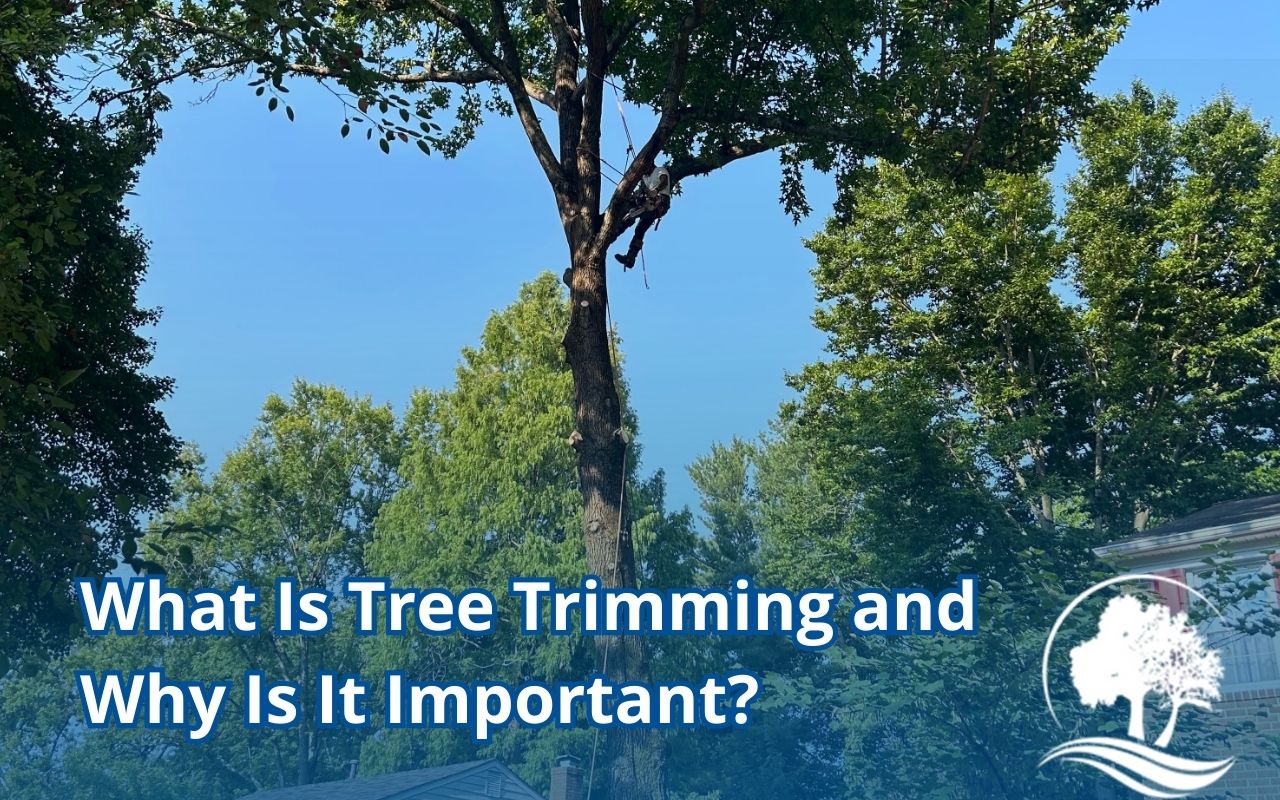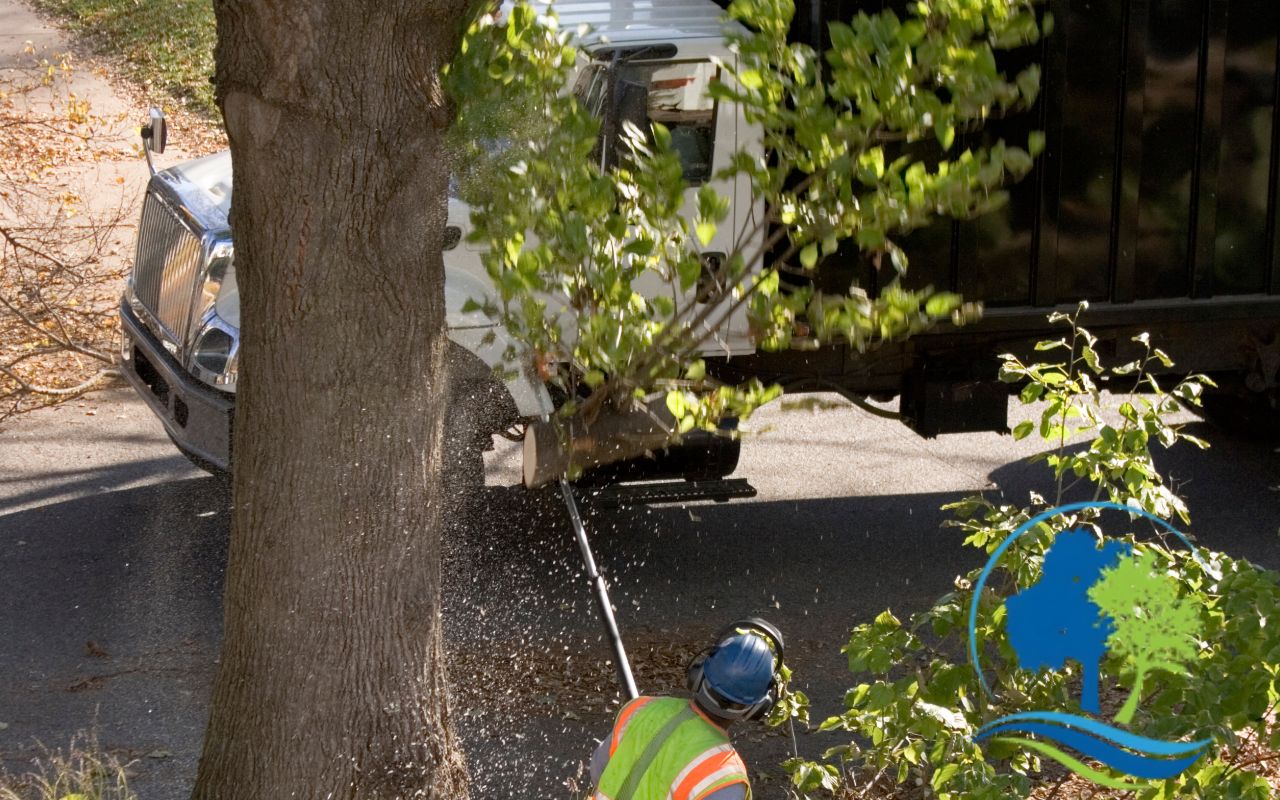
If you’ve ever wondered, what is tree trimming, it’s the process of cutting back overgrown branches to maintain shape and promote healthy growth. Trimming is essential for trees with excessive limbs, tangled branches, or branches too close to structures. Tree trimming manages overgrowth, keeping landscapes looking polished while preventing potential hazards like broken branches or interference with buildings.
The Role of Tree Trimming in Tree Care
Why Trees Need Regular Trimming
Overgrown trees can create several problems, including:
- Branches blocking sunlight for surrounding plants
- Limbs growing too close to roofs or power lines
- Uneven growth making trees unstable
- Increased risk of broken branches during storms
Routine trimming eliminates these issues while keeping trees balanced and visually appealing.
Different Types of Tree Trimming
It can be done in various ways, depending on the tree’s condition and goals:
- Canopy Thinning: Reduces dense foliage for better airflow.
- Shaping: Creates a clean, symmetrical appearance.
- Clearance Trimming: Removes branches near structures and walkways.
- Dead Limb Removal: Prevents decayed branches from falling unexpectedly.
Each method ensures trees remain manageable and contribute positively to the landscape.
How Tree Trimming Promotes Healthy Growth
Encourages Stronger Branches
Removing excessive limbs helps trees focus their energy on the healthiest branches, allowing them to grow stronger and more resilient.
Prevents Overgrowth Issues
When trees aren’t trimmed regularly, branches can become tangled, leading to instability and increased susceptibility to damage.
Improves Sunlight Exposure
A well-trimmed tree allows more light to reach lower branches and surrounding vegetation, promoting a balanced ecosystem.
Reduces Safety Hazards
Weak or overextended branches can snap unexpectedly. Trimming ensures trees remain structurally sound and reduces the risk of falling limbs.

When Should Trees Be Trimmed?
Tree maintenance schedules vary based on species and growth patterns.
- Spring and Summer: Best for shaping and general maintenance.
- Winter Dormancy: Ideal for major trimming without stressing the tree.
- As Needed: Remove hazardous branches immediately to prevent damage.
Timing matters, as improper trimming during active growth periods, can weaken a tree.
Key Benefits
Trimming keeps trees healthy, manageable, and visually appealing:
- Prevents overgrown branches from damaging property.
- Enhances tree structure for a stronger, well-balanced shape.
- Allows better airflow and sunlight for surrounding plants.
- Reduces the risk of branch breakage during storms.
A well-maintained tree not only looks better but also remains healthier for years to come.
Need Professional Tree Trimming Services?
Trimming requires skill to avoid damaging the tree. We provide licensed and insured tree services across Maryland, serving residential and commercial properties with over 17 years of experience. Contact us for a free estimate and expert tree care.
